Who Is Bozo Texino?

Itinerant filmmaker Bill Daniel is back on the road screening his hobo graffiti documentary Who is Bozo Texino? And launching his brand-new book, Mostly True, a depression-era pulp magazine-styled volume that explores the historic roots of railroad graffiti and folklore. Come check out the film, meet Bill and get a book signed!
Who is Bozo Texino? :: a film by Bill Daniel
—and—
Mostly True :: Bill's new book of enigmatic railroad folklore
Wednesday May 28th 7:30PM $5
Fort Worth Modern Museum of Art
32oo Darnell St.
-SBR
#####################################################
Mostly True (Microcosm Publishing, 144 pages, $8) is the book companion to my 2005 movie, Who Is Bozo Texino? Styled like a 1930's pulp magazine, it's an enigmatic compilation of railroad ephemera — a ticket for time travel back to the roots of American rail folklore.
The book was created as a by-product of making the film and as a direct product of 25 years of asystematically collecting any scrap of material related to the ideas of tramping, trains, Depression-era culture and graffiti (with a small g).
The relationship between the 100-year-old form of traditional rail graffiti and contemporary aerosol graffiti is much closer than their radically different styles and scales would indicate. There is also a curious parallel between particular social patterns in the long-gone networks of hobos and the secret society of contemporary urban graffiti writers. The book doesn't address aerosol graffiti directly, but the historical similarities can be deduced from the odd evidence. By using the format of a 1930's adventure pulp serial mag, I figured I could relate these cultural practices without having to explicitly state the underlying connections.
The book is also a celebration of the popular written language of the day. I've excerpted 1930's railworker union newsletters by workers whose way of writing is so beautiful and so far removed from how we write now. This now-nostalgic style of letter writing is another folk form I'm playing with in the book, both in presenting vintage material and in styling my own contributions to blend with the things I've found. (Bill Daniel)
#####################################################
Who is Bozo Texino? is a film that chronicles the search for the source of a ubiquitous and mythic rail graffiti-- a simple sketch of a character with an infinity-shaped hat and the scrawled moniker, "Bozo Texino"-- a drawing seen on railcars for over 80 years. Daniel's gritty black and white film uncovers a secret society and it's underground universe of hobo and railworker graffiti. Shooting over a 16-year period, Daniel rode freights across the West carrying a Super-8 sound camera and a 16mm Bolex. During his quest he discovered the roots of a folkloric tradition that has gone mostly unnoticed for a century. Taking inspiration from Beat artists Robert Frank and Jack Kerouac, the film functions as both a sub-cultural documentary and a stylized fable on wanderlust and outsider identity. "I was drawn to the subject by the universal graffiti impulse and the
classic, corny notion of freight train blues escape." - BD
"Bill Daniel's homegrown epic is as kinetic and raggedly beautiful as the trains he hopped to make it. Using the search for the origin of a near mythical example of railroad graffiti as a point of departure, Bill made a film about freedom as literal passage across the land. Corporations brand things to say they own them, but there are ways in which humans have marked things to say they can't be owned."
- Jem Cohen
"Who Is Bozo Texino? is a great American movie, and its greatness is tied up very closely with its American-ness. With this brilliant experimental documentary, self-styled hobo film-maker Daniel places himself firmly in the bootprints of Jack London, Jack Kerouac, Walt Whitman, Woody Guthrie - a fine, long tradition of American artists who look for their inspiration to the marginal, the underclass, the vagabond and the outcast. Nominally a chronicle/survey/history of boxcar graffiti (a tradition as old as the railroad itself) and the men who create it, Who Is Bozo Texino? soon transcends its narrow subject-matter to become a gloriously rough-edged elegy for an America which is being swept away before our eyes.
Daniel's film manages a near-perfect union of radical form and radical content, And it does so in consistently accessible style: at first you're intrigued by the stunning monochrome images captured by his self-effacing, sensitively-handled camera(s); by the startling kineticism of his fluent editing style; by the sheer range of voices, music and sound-effects we hear as he tracks down a series of grizzled hobos and wisdom-dispensing graffiti-'markers.' Then you realize that, just as these men have always instinctively rejected authority and convention, Daniel has likewise embraced the unorthodox in his style of filmmaking. Indeed, in less than an hour Daniel manages to say more about life, art, America and the simple joy of filmmaking than most directors manage in decades."
- Neil Young, Neil Young's Film Lounge
"I am not going to hold back any enthusiasm… it is the best movie I
have ever seen."
-Josh from Edmonton
"Bill Daniel was my favorite Portland filmmaker until he moved to
rural Louisiana"
- Chas Bowie, Portland Mercury


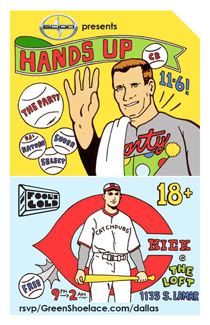
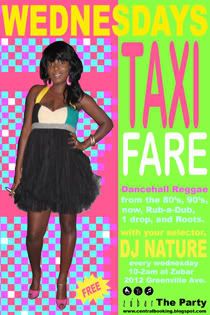
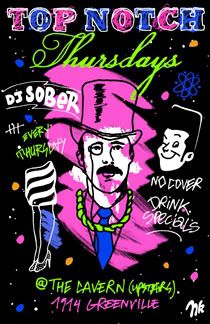
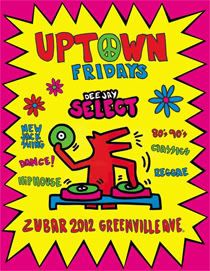




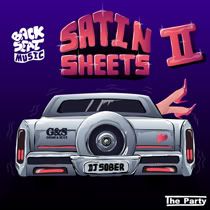
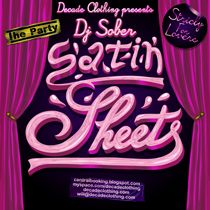
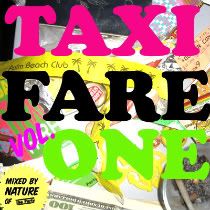

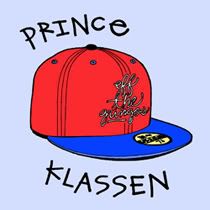
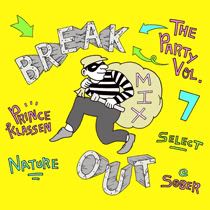







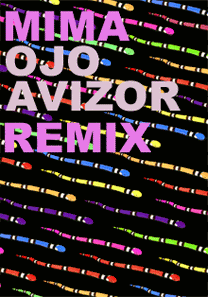

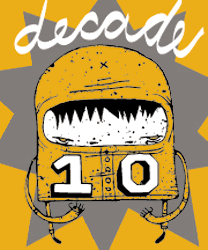

0 Comments:
Post a Comment
<< Home